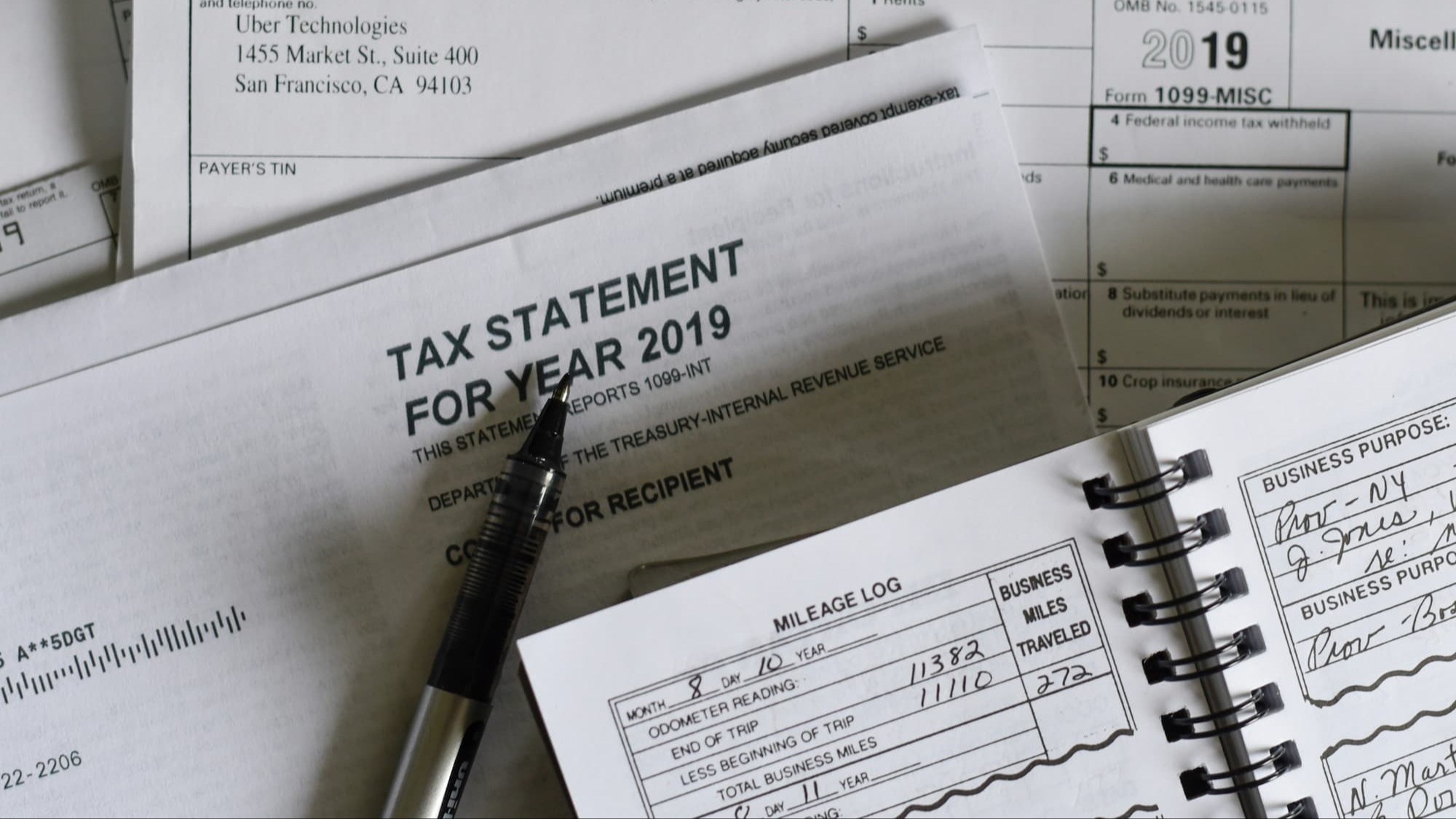 Your Money
Your Money How to Track a Bank Transfer
If you need to track a bank transfer, you can do so as long as you have the necessary information, such as the SPEI tracking key. Here are the details.



In today's world, international bank transactions are commonplace for both businesses and individuals. However, to facilitate these operations, the IBAN and BIC/SWIFT codes are essential.
Thanks to these codes, your clients can easily pay for your freelance services through fund transfers. These codes play a crucial role in the security and efficiency of money transfers between different countries and banks.
For this reason, we want to provide you with information about the IBAN and BIC/SWIFT codes in this article.
It is an internationally recognized standard banking code. Its acronym stands for International Bank Account Number.
This system serves to identify bank accounts in countries around the world, especially those within the Single Euro Payments Area (SEPA), facilitating cross-border bank transfers and payments.
Why should you know the IBAN if you are a freelancer in Mexico?
Because if you have European clients, receiving payments is more efficient. Since it is a system capable of ensuring that funds are transferred correctly.
It is a Bank Identifier Code (BIC), a unique international identification system that enables communication between financial entities from different countries.
It is also known as the Society for World Interbank Financial Telecommunication (SWIFT).
Whatever you choose to call it, the meaning is the same. The code is used in international transfers and serves to identify the receiving bank.
In Mexico, the Standardized Banking Key (CLABE) is used together with the SWIFT/BIC code instead of the IBAN. This way, the destination account is precisely identified.
Knowing and using the BIC/SWIFT code is crucial for any freelancer, especially if you choose to work for a foreign company.
For starters, it ensures that payments reach the correct bank, which will prevent delays or possible errors in the process. It also simplifies money transfers between international banks, as it is a globally recognized standard.
If your clients are from the United States or Europe, this code facilitates operations related to payments.
Besides, the SWIFT/BIC code in Mexico is mandatory and helps minimize the risk of fraud when receiving money from abroad. Without this requirement, these types of operations would be more difficult to carry out, something that no freelancer wants.
And if you want to get clients from abroad, it is indispensable.
The SWIFT/BIC code consists of 8 to 11 characters. Moreover, they follow a format where you can identify 4 specific data:
1. Bank. The first four letters indicate the name of the bank, generally as an abbreviation.
2. Country. The next two letters represent the country where the bank is located.
3. Location. Then, two digits tell us where the main branch of the bank is located, and these can be letters or numbers.
4. Branch. The last three characters designate a specific office.
These digits vary between each financial institution in Mexico.
You will need the IBAN code when transferring or receiving money to and from other countries.
As a self-employed person, you will have to use the IBAN code when you are paid by customers from abroad within the SEPA area or another country that requires it.
Whereas, you will need the SWIFT or BIC code to receive international money transfers, regardless of the country of origin or destination.
This won't be necessary if you use DolarApp to receive money from the U.S., as when you create your account, we provide you with U.S. account details. This means you don't need to provide the BIC/SWIFT code to the sender because it's considered a local transfer.
The same happens if you have a client in Spain and they need to send you payment for your services while you are in Mexico. The issuer will be able to identify which bank to send the money to through the SWIFT code, in addition to entering the basic data for the operation to be carried out.
The main difference between these codes lies in their function and use:
SWIFT or BIC Code. Its function is to uniquely identify a particular bank and consists of letters and/or numbers. It is used in international transfers to identify the recipient's bank. Moreover, it does not contain details about the specific bank account, only focusing on detecting which financial institution it is.
IBAN. It is a code that identifies an individual bank account in a specific country. It is formed by letters and numbers but covers more specific data, both of the bank and the bank account. Used mainly in SEPA transfers and in some other countries.
In summary, the first is for the identification of the bank and the second to detect the bank account. Both are important regarding international transfers, but they serve different functions.
One of the most frequent questions that arise is, how do I know what the SWIFT code of my account is?
You can find out the SWIFT or BIC code of your account in several ways:
Checking your bank statement.
Contacting customer service.
Visiting the bank branch.
You can also consult the website of your bank, as they usually post information about their SWIFT or BIC code. Look in the FAQ or help section to find it.
Once you obtain the SWIFT or BIC code of your bank, you can use it to perform or receive international transfers. And don't forget to register your online transactions to better manage accounting and freelance invoices.
Each Mexican bank has its own SWIFT or BIC code for international transfers. Remember that they are designed to uniquely identify the financial institution and ensure that transactions are processed successfully.
In the following paragraphs, we will detail the SWIFT/BIC codes of the main banks in Mexico.
The BBVA México SWIFT code is BCMRMXMMPYM. If you have an account at this bank and need to receive an international transfer, you must provide this code to the sender.
It’s also important that the sending bank uses the SWIFT MT103 message to process the transfer request. This standardized message contains all the essential transaction details—such as date, amount, currency, sender, and receiver.
Banorte’s SWIFT code is MENOMXMTXXX for receiving funds from abroad into your account. The bank charges a commission of 17 U.S. dollars + VAT per transaction for incoming international transfers.
The SWIFT code for HSBC México is BIMEMXMMXXX to receive international transfers. However, it may vary depending on the branch or type of banking service.
Banamex’s BIC/SWIFT code is BNMXMXMMXXX. However, the bank often uses different SWIFT codes for different services or branches. For example, BNMXMXMMPYM is used by the Payment Orders Department.
The Swift/BIC code for Banco Azteca is AZTKMXMMXXX. It also has 2 additional codes for operations in Mexico City: AZTKMXMMTVA and AZTKMXMMEKT, which vary depending on the specific branch.
Banco Santander’s BIC or SWIFT code is BMSXMXMMXXX. As with other banks, this institution may use different codes depending on the type of banking service or transaction.
Scotiabank’s SWIFT code is MBCOMXMM. If you’re going to receive a payment order, this is the code you should give—and it must be done on business days up to 3:00 p.m. CDMX time.
As you can see, for some financial institutions these codes may vary based on the branch, service, or type of operation. For certainty, it’s best to consult the bank directly before carrying out the transaction.

The world has borders. Your finances don’t have to.
 Your Money
Your Money If you need to track a bank transfer, you can do so as long as you have the necessary information, such as the SPEI tracking key. Here are the details.

 Your Money
Your Money Remittances represent vital support for many Mexican families. But do remittances pay taxes to the SAT? Here’s what the law says.

 Your Money
Your Money A payment receipt is issued after purchases, transfers, or payments. Learn how to obtain a payment receipt and its uses.


